Things to know before visiting Nepal: Nepal, a land of breathtaking landscapes, ancient temples, and warm–hearted people, is a mesmerizing destination that beckons travelers from around the globe.
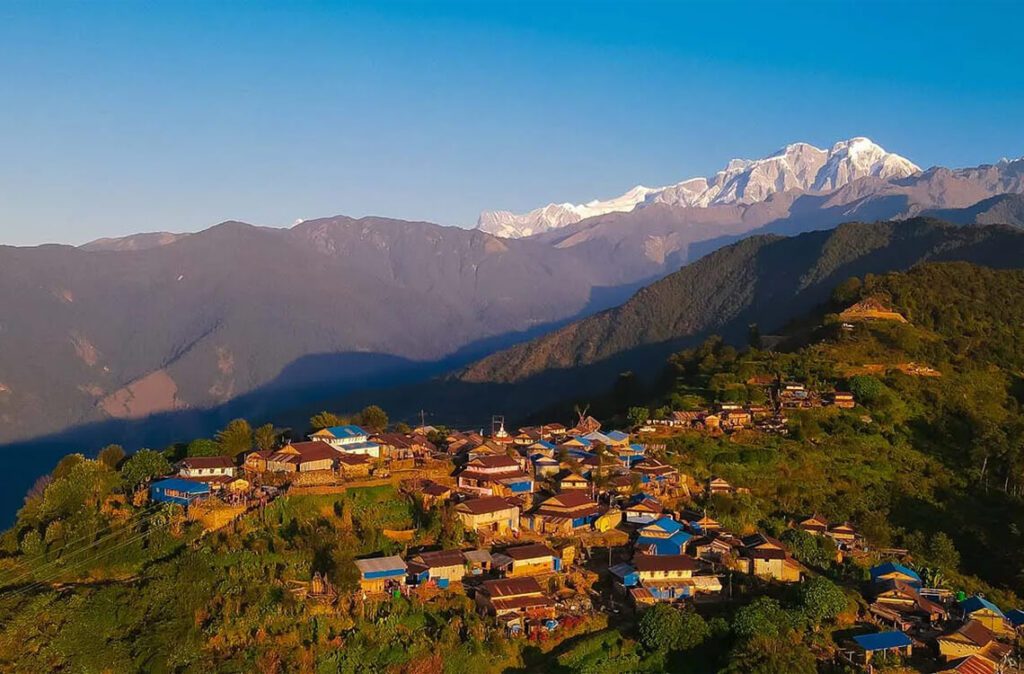
Before embarking on your journey to this enchanting country, it’s essential to acquaint yourself with some intriguing facts and practical information. In this blog, we unveil captivating facts that will enrich your understanding and enhance your experience when visiting Nepal.
Seasons and Weather
Nepal experiences diverse climatic conditions due to its varied topography. The best time to visit Nepal is during spring (March to May) and autumn (September to November) when the weather is pleasant, the skies are clear, and the trails are accessible.
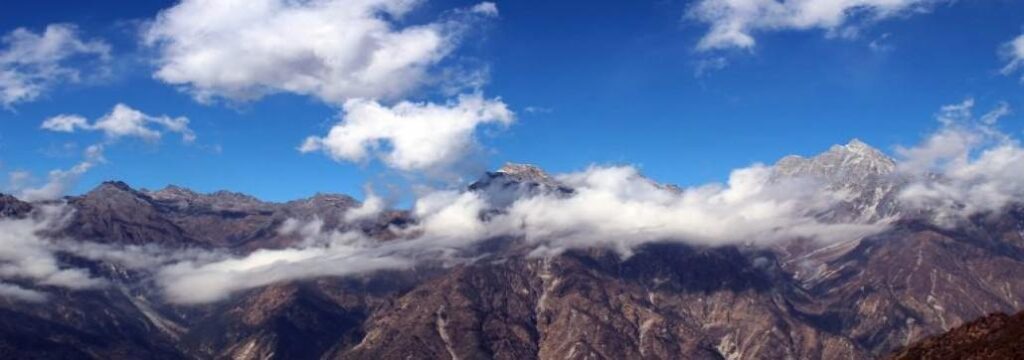
However, each season offers a unique experience, so plan accordingly if you have specific activities in mind, such as trekking or wildlife spotting.
Currency and Payment Options
The currency of Nepal is the Nepalese Rupee (NPR). Cash is widely accepted, and ATMs are available in major cities. However, it’s recommended to carry a mix of cash and a credit or debit card for convenience. Inform your bank about your travel plans to ensure your cards work smoothly abroad while visiting Nepal.
Altitude Sickness Awareness
Nepal’s diverse landscapes include high-altitude regions, and altitude sickness can affect anyone, regardless of fitness level or prior experience.
Also Read: Busy Tourist Cities of Nepal
Educate yourself about the symptoms, preventive measures, and treatment options for altitude sickness. Gradual acclimatization, staying hydrated, and listening to your body are vital for a safe and enjoyable journey.
Local Transportation
In Nepal, local transportation can be an adventure in itself. From rickshaws and taxis to buses and tempos (small public vehicles), various options are available for getting around.
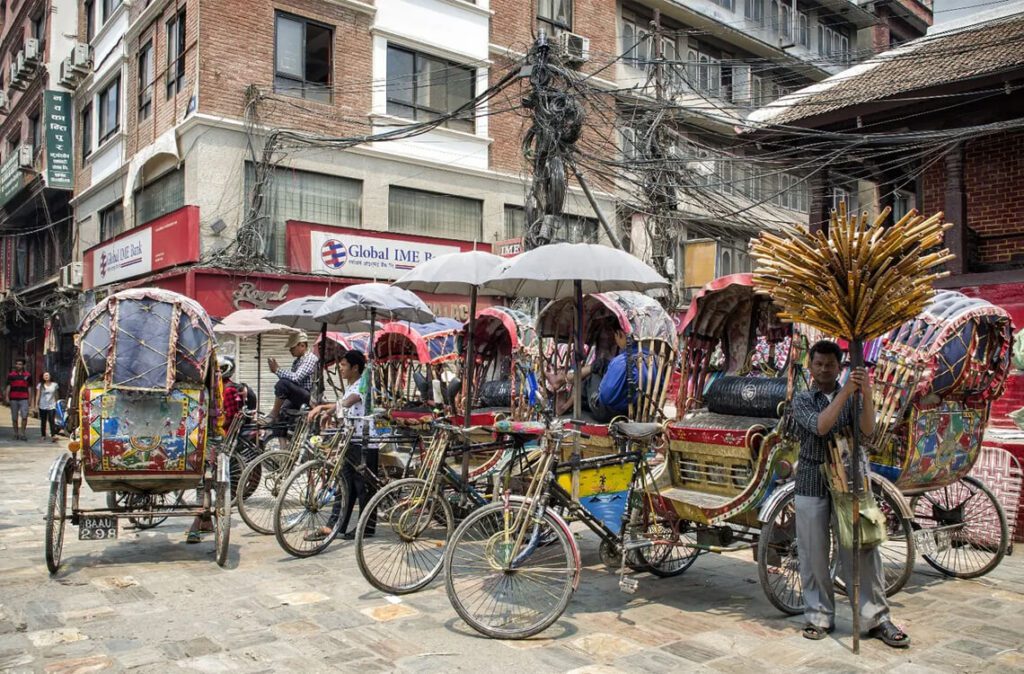
While hiring a private vehicle is convenient for certain trips, experiencing public transportation can provide a more authentic and budget-friendly experience. However, be prepared for crowded vehicles and unpredictable schedules.
Food and Water Safety
Nepali cuisine offers a delightful range of flavors, from momos (dumplings) to dal bhat (traditional lentil soup with rice). When dining out, choose reputable restaurants or eateries with good hygiene practices while visiting Nepal.

As for water, it’s best to drink bottled or filtered water. Avoid consuming uncooked or unpeeled fruits and vegetables unless they have been washed with purified water.
Also Read: Khumbu Glacier Valley: Northeastern Heaven
Packing Essentials
Pack appropriately for your trip to Nepal.
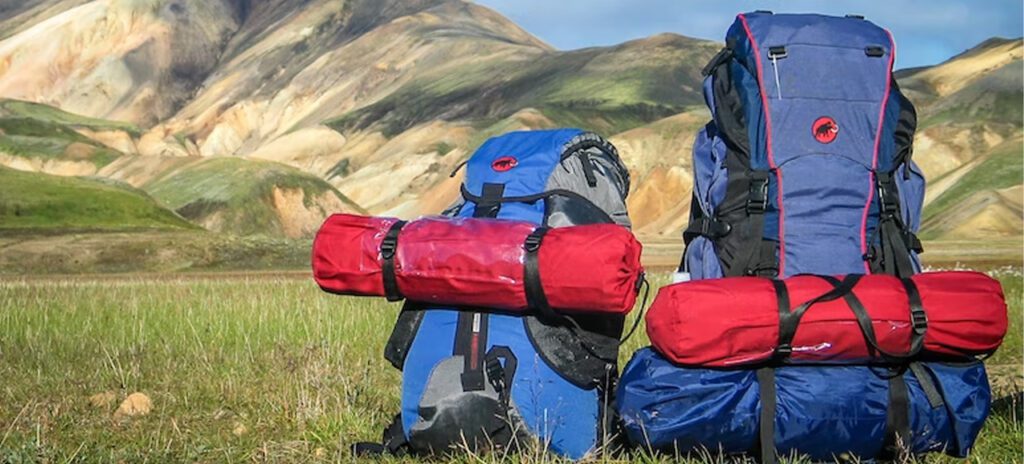
Depending on the season and activities you plan to engage in, essentials may include comfortable walking shoes, a sturdy backpack, warm clothing, rain gear, sunscreen, a hat, sunglasses, insect repellent, a travel adapter, and a good-quality sleeping bag for trekking while visiting nepal.
Travel Insurance and Emergency Assistance
Before embarking on your trip, ensure you have comprehensive travel insurance that covers medical expenses, emergency evacuation, and repatriation. Nepal’s rugged terrain and remote areas can present unexpected challenges, so having reliable insurance and access to emergency assistance services is crucial for your peace of mind.
Cultural Sites and Monuments
Nepal boasts numerous UNESCO World Heritage Sites, including Kathmandu Durbar Square, Pashupatinath Temple, and Bhaktapur Durbar Square. When visiting these culturally significant places, respect the rules, regulations, and religious customs.
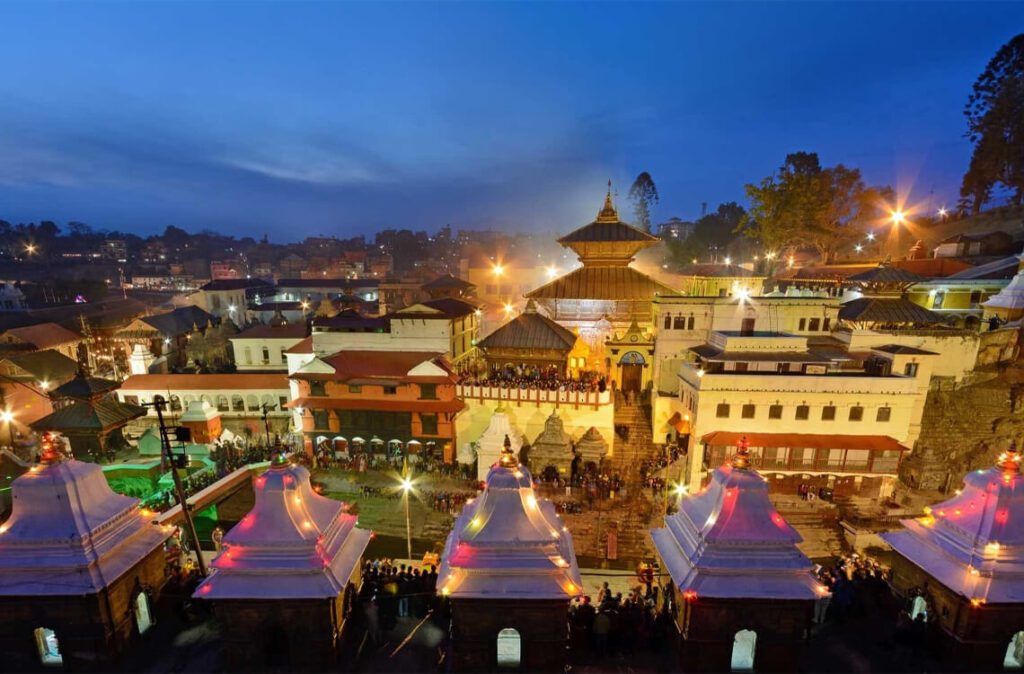
Hire a knowledgeable guide to enhance your understanding of the history and significance of these architectural marvels.
Photography Etiquette
Nepal offers countless picturesque landscapes, vibrant markets, and fascinating cultural scenes that are perfect for photography. However, be considerate when taking pictures of people, especially in rural areas.
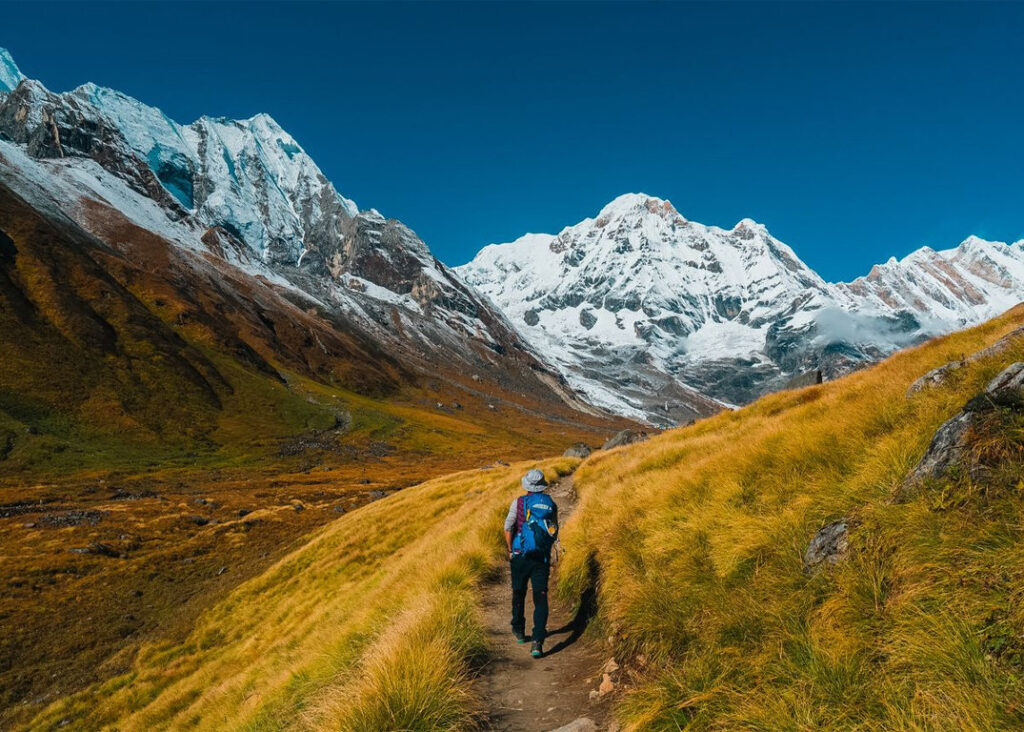
Always ask for permission before capturing someone’s portrait, and respect their wishes if they decline. It’s a great way to foster positive interactions and create meaningful connections with the locals.
Trekking Permits and Regulations
If you plan to trek in restricted or conservation areas, such as Upper Mustang or Manaslu Circuit, you’ll need to obtain special permits for visiting.

Research the specific permits required for your chosen trek and ensure you comply with all regulations. These permits not only help preserve the natural environment but also contribute to local conservation efforts.
Bargaining and Shopping
Nepal offers a vibrant shopping scene, from bustling street markets to boutique stores. Bargaining is a common practice in local markets, so don’t hesitate to negotiate prices, especially in non-fixed-price establishments.
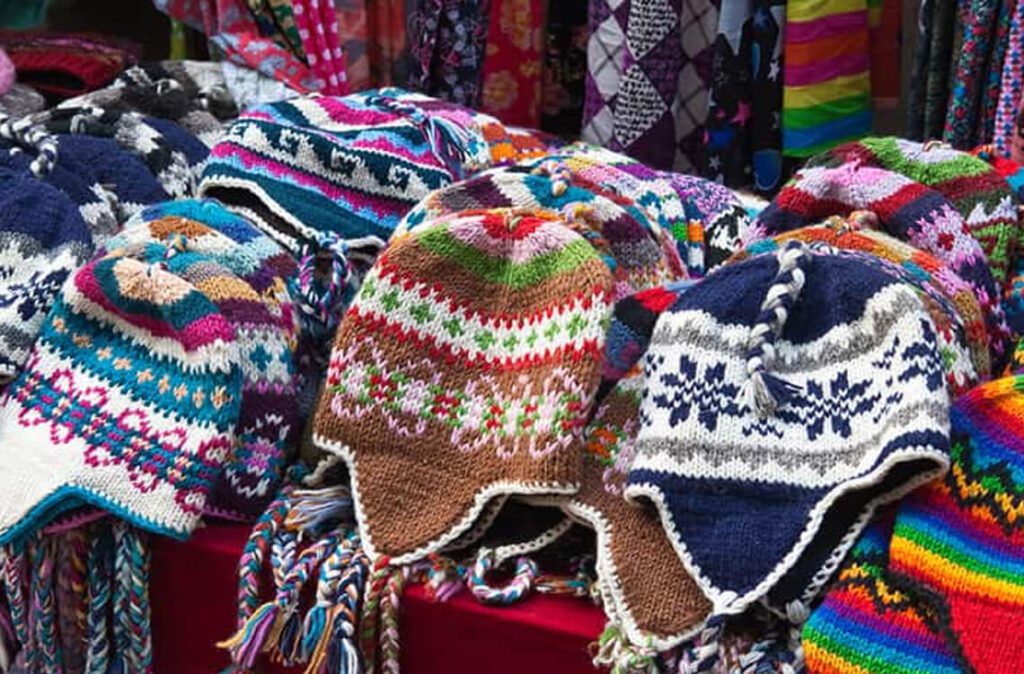
However, remember to do so with respect and a friendly attitude.
Hiring Local Guides and Porters
Consider hiring local guides and porters for your treks and hikes. Not only will they enhance your safety and navigation skills, but they also provide valuable insights into the local culture, history, and natural surroundings.
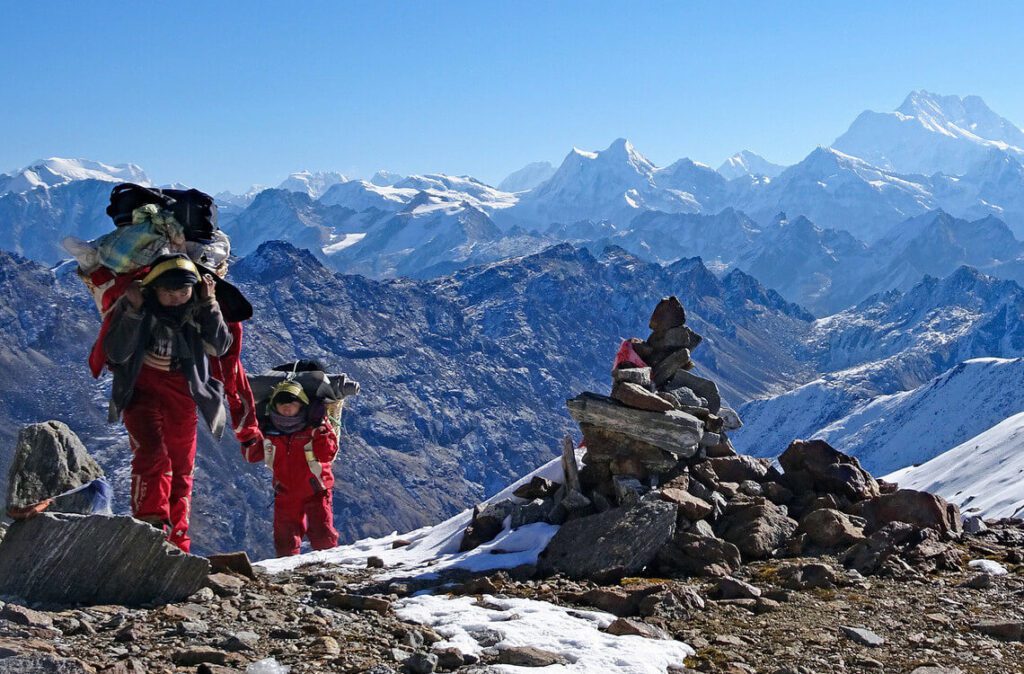
Hiring local support also contributes to the livelihoods of the Nepali people.
Road Travel and Traffic
If you plan to travel by road in Nepal, be prepared for narrow and winding mountain roads. Road conditions can vary, so allow extra time for your journeys, especially when traveling long distances.
You may also like: 7 Best Trekking Destinations In Nepal For 2023
It’s advisable to hire experienced drivers or use reputable transportation services to ensure a safe and comfortable ride.
Experience Local Festivals
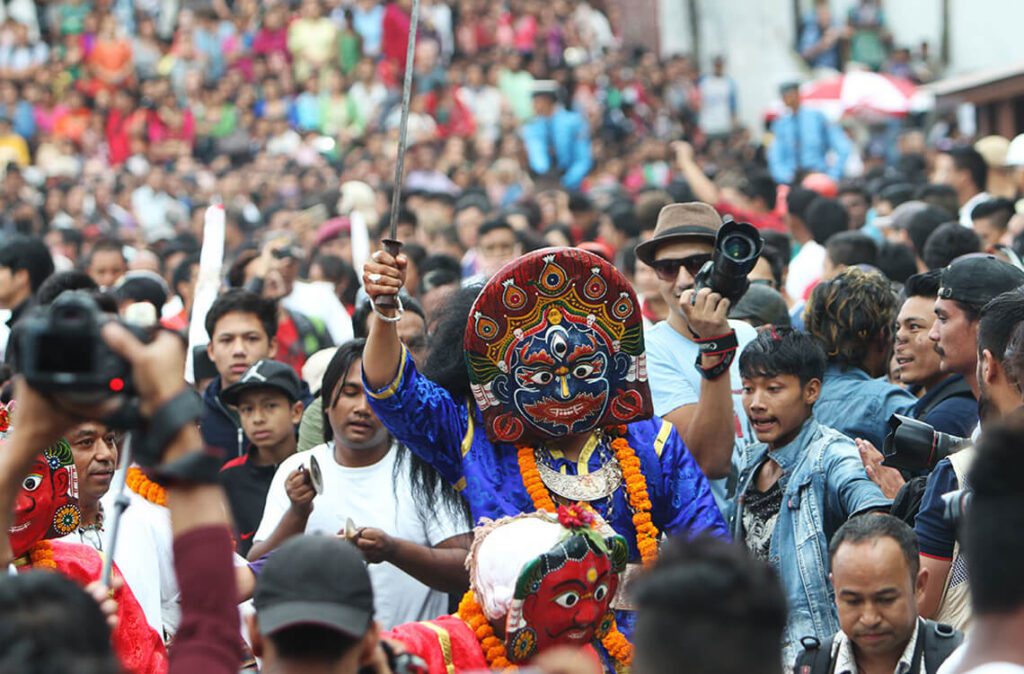
Nepal celebrates a plethora of colorful festivals throughout the year. If you have the opportunity, try to witness and participate in these vibrant celebrations. From Holi (Festival of Colors) to Bisket Jatra and Teej, experiencing the energy, music, dance, and cultural traditions of these festivals is an incredible way to connect with the local culture.
Explore Beyond Kathmandu and Pokhara
While Kathmandu and Pokhara are popular tourist destinations, consider venturing beyond these cities to experience the diverse beauty of Nepal. Explore lesser-known regions like the picturesque lakes of Rara and Phewa, the cultural hub of Bhaktapur, or the serene landscapes of Langtang and Kanchenjunga.
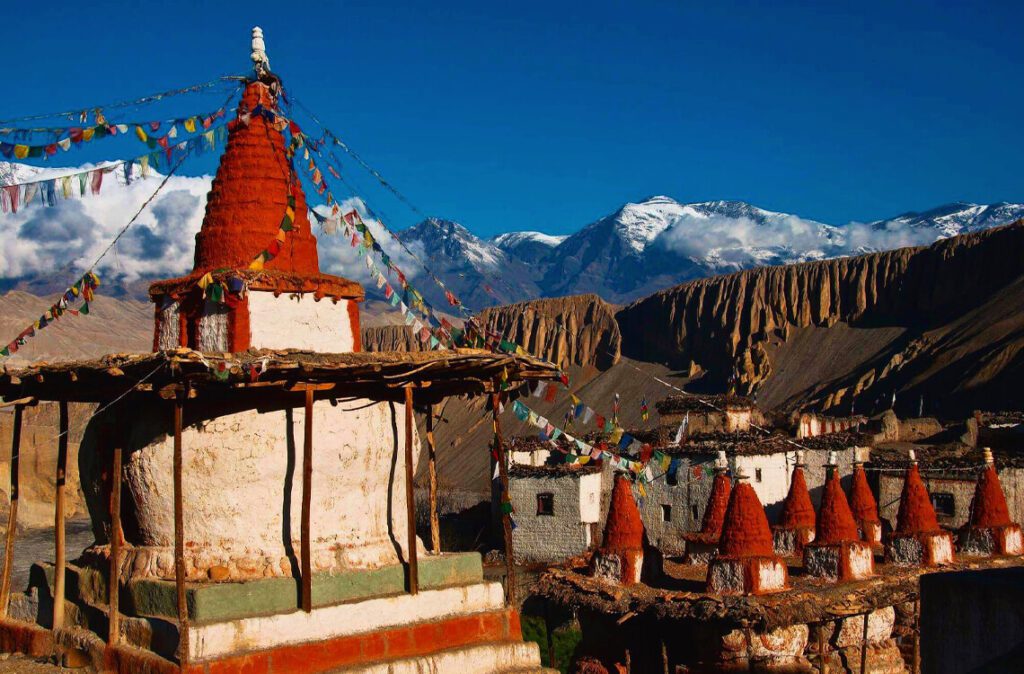
These off-the-beaten-path destinations offer unique experiences and a chance to connect with nature and local communities.
Explore Local Handicrafts and Souvenirs
Nepal is known for its exquisite handicrafts, including traditional textiles, woodwork, metalwork, and thangka paintings.

Take the time to explore local markets, fair–trade stores, and artisan workshops to appreciate the craftsmanship and support local artisans. These unique and intricately designed souvenirs make for memorable keepsakes of your trip.
Embrace the Unpredictability
Nepal’s charm lies in its unpredictability and sense of adventure. Embrace the unexpected and be open to serendipitous encounters and unplanned experiences.
More: Muktinath: A Sacred Temple In The Himalayas
Sometimes, the most memorable moments come from unplanned detours and spontaneous interactions with locals. Let go of rigid itineraries and allow yourself to be swept away by the magic of Nepal.
Safety Precautions for Solo Travelers
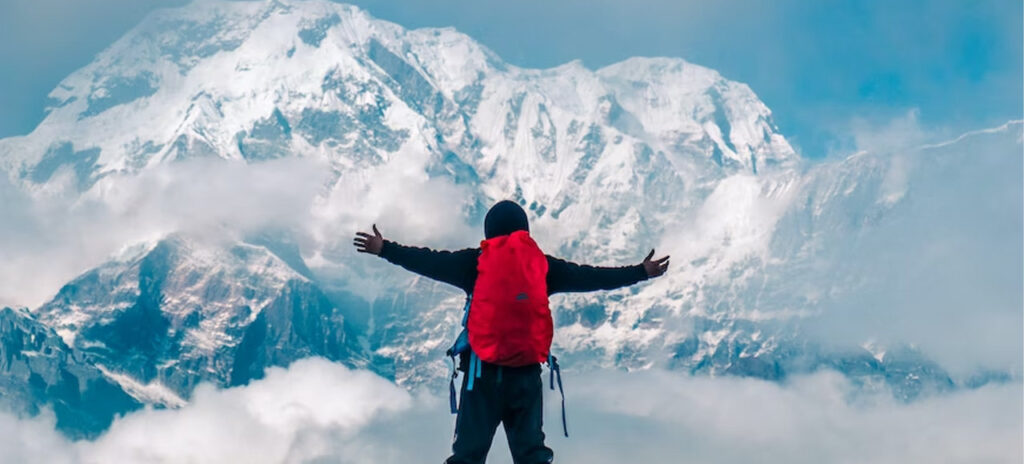
If you’re traveling solo, prioritize your safety by informing someone about your travel plans and itineraries. Share your accommodation details, keep emergency contacts handy, and exercise caution when exploring unfamiliar areas, particularly at night. Trust your instincts and be mindful of your surroundings to ensure a safe and enjoyable journey.
Embrace Responsible Wildlife Tourism

If you plan to engage in wildlife activities, such as jungle safaris or bird watching, choose operators that prioritize responsible wildlife tourism practices. Opt for reputable companies that follow ethical guidelines, respect wildlife habitats, and prioritize conservation efforts. Avoid supporting activities that involve animal exploitation or harm.







